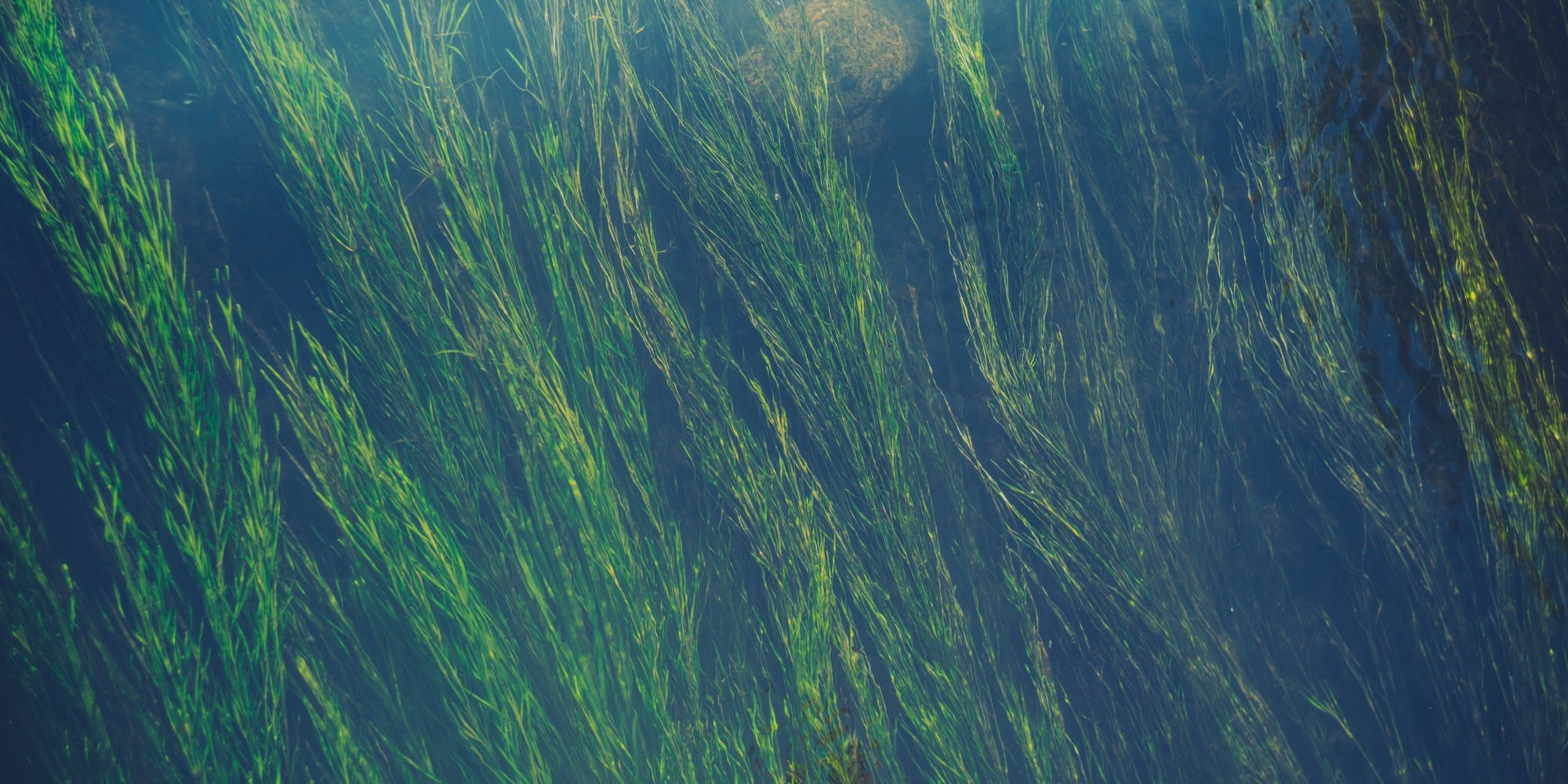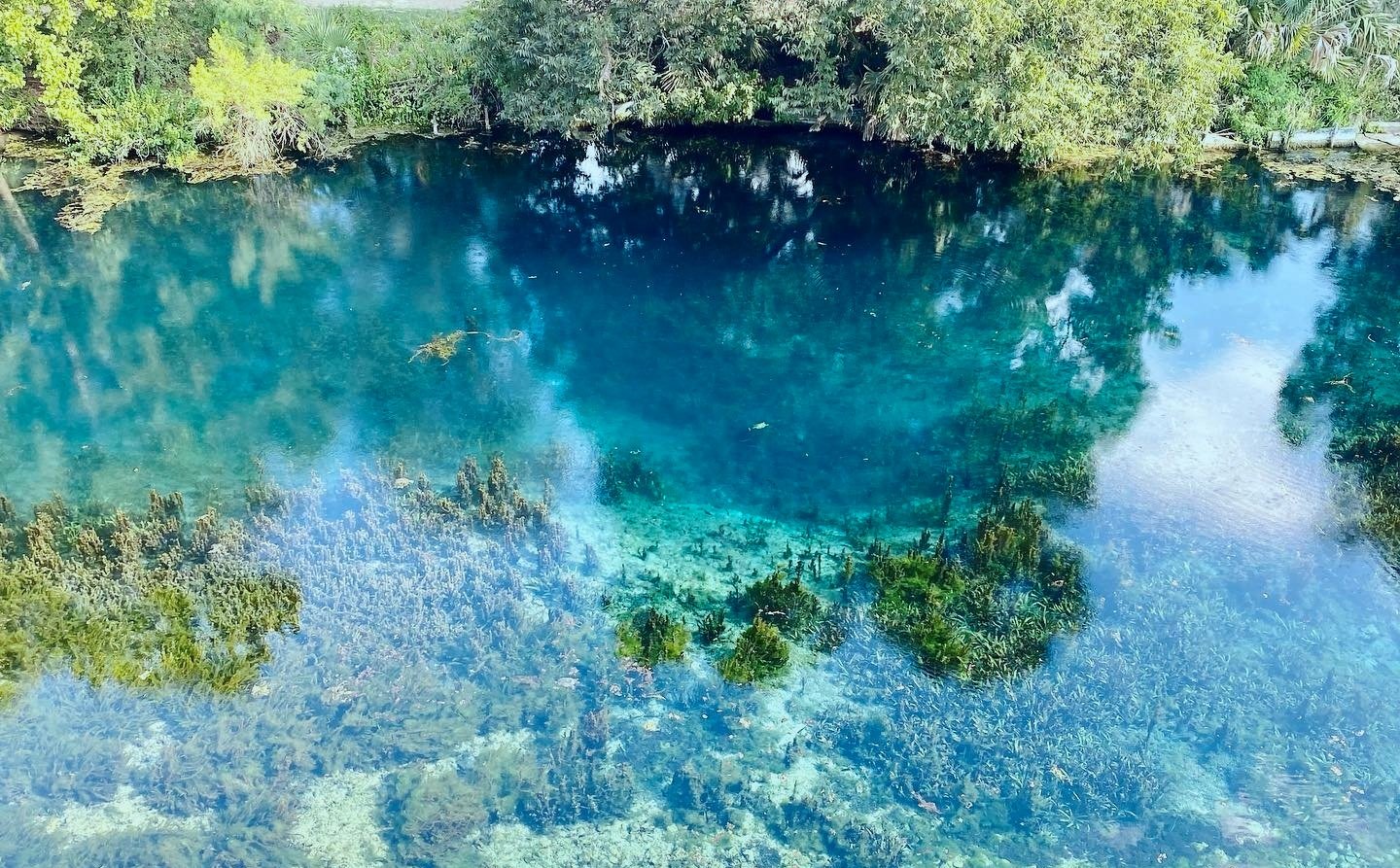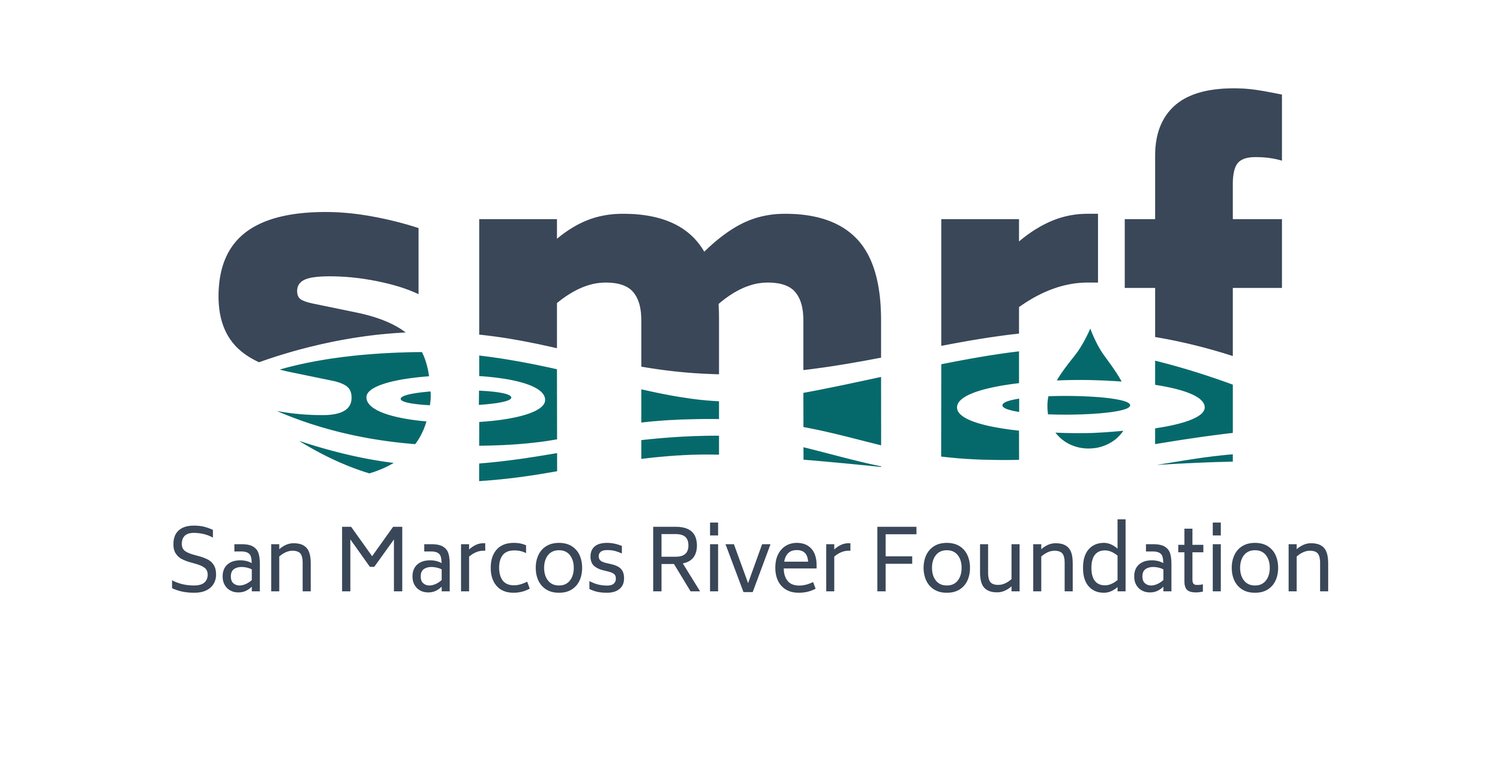
San Marcos River
Flowing from the Edwards Aquifer and forming Spring Lake, the 200 San Marcos springs are the second largest group of springs in Texas.
The springs feed the San Marcos River, which merges with the Blanco River and flows southward for 75 miles before joining the Guadalupe River. People have always been drawn to the freshwater springs along the Balcones Escarpment with their year-round temperature of 72 degrees, and artifacts have been found in the region dating back 19,000 years.
Known for its beauty, visitors from all over the world come to the river to tube, kayak, swim, fish, and snorkel in the crystal-clear waters, which are also home to a number of endangered species unique to the San Marcos River and Edwards Aquifer. These include Texas Wild Rice, the Texas Blind Salamander, the Fountain Darter, and the San Marcos Salamander, all of which require clean and continuously flowing aquifer water with a stable temperature.
Considered to be one of the most diverse ecological systems in the southwest, there are many projects underway to ensure that these species continue to thrive in the face of explosive regional growth, increased demands for water, and the threats of prolonged droughts.
The Edwards Aquifer itself is a unique groundwater system and one of the most prolific artesian springs in the world. It serves the diverse agricultural, industrial, recreational, and residential needs of over two million users in central Texas, including San Antonio, with a population nearing 1.5 million. Because of serious concerns about the availability of water to feed the springs and endangered species, the Edwards Aquifer Authority was formed to help regulate water usage and ensure spring flow should another historic drought occur like the 8-year drought of the 1950s when the river dropped to 46 ft˄3/s from its average of 152 ft˄3/s.

